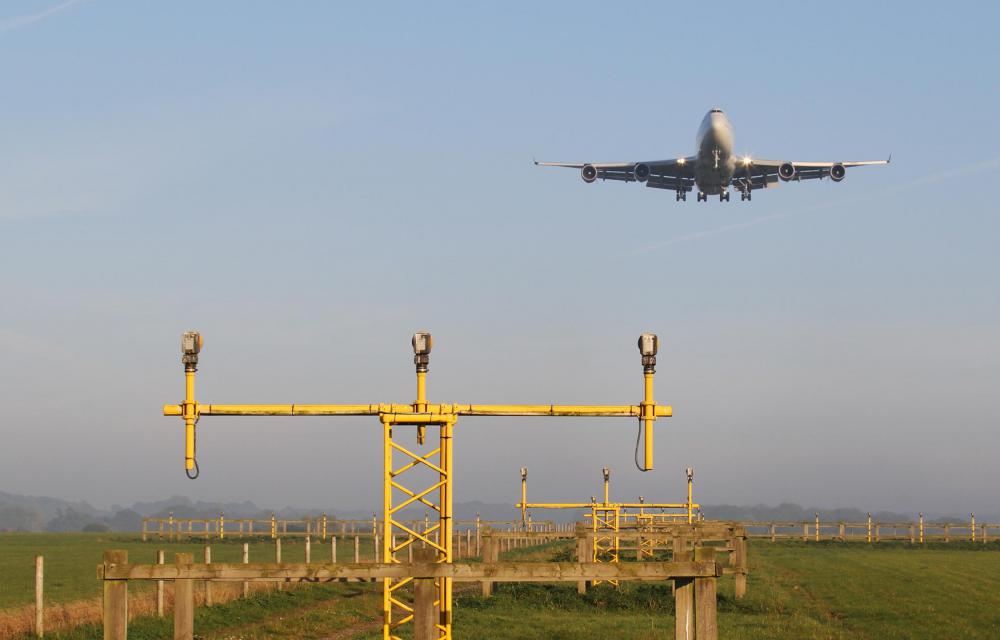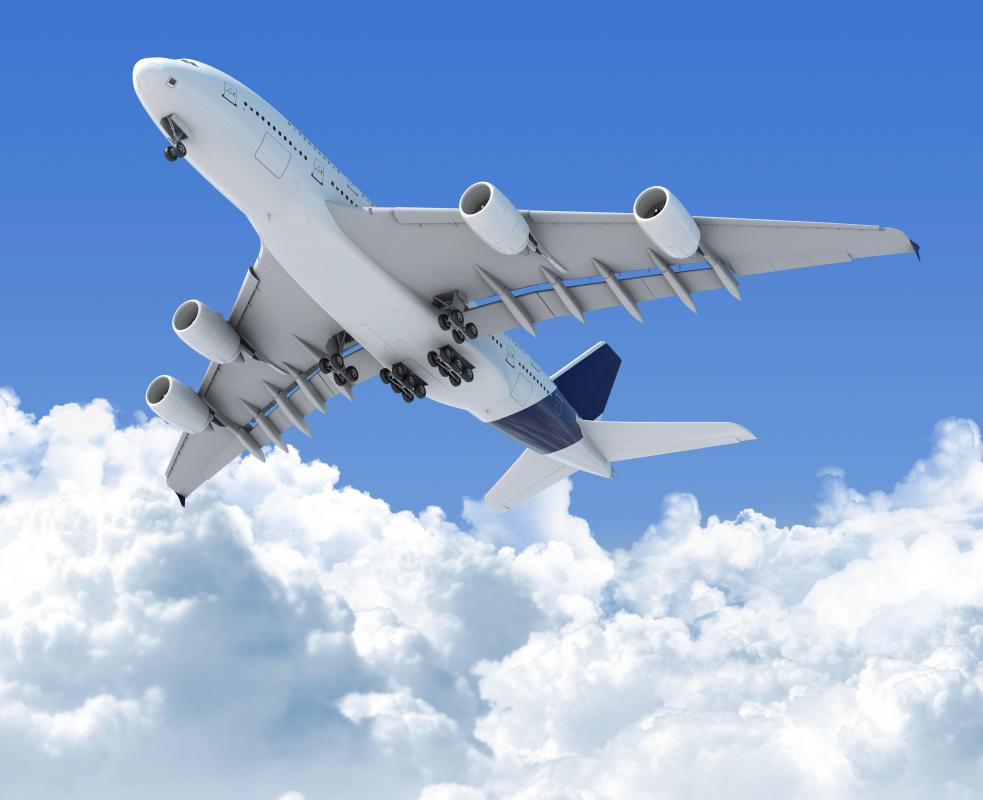At WiseGEEK, we're committed to delivering accurate, trustworthy information. Our expert-authored content is rigorously fact-checked and sourced from credible authorities. Discover how we uphold the highest standards in providing you with reliable knowledge.
What is the Airline Deregulation Act?
The Airline Deregulation Act is a body of federal legislation that was signed into law in 1978 by then U.S. President Jimmy Carter. It was enacted to eliminate certain governmental controls from the commercial aviation industry. Its goals included opening up the aviation industry to competition, and opening up new opportunities for emerging airlines and secondary airports.
Government regulation of the aviation industry dates back to 1938, when the Civil Aeronautics Act empowered the Civil Aeronautics Authority (CAA.) This federal body, created by the U.S. Congress, was assigned the task of regulating the new and emerging aviation industry.
The Aviation Act of 1958 replaced the CAA with the Civil Aeronautics Board (CAB.) Many of the powers that the CAA had were given to CAB. These included control over interstate routes and airfares.

This type of control meant that when an airline wanted to begin flying from one city to another, they first had to gain approval from CAB. This regulatory body, however, was noted for being unaccommodating and slow. Its controls also resulted in consumers paying prices that were suspected to be higher than they would be if competitive pricing was allowed.

Ideas of deregulating the aviation industry began in early in the 1970s. A number of factors, such as the economic environment created by the 1973 oil crisis and Pan Am’s financial problems, raised fears about the vitality of the industry. In 1978, U.S. Senator Howard Cannon introduced the bill that later would become the Airline Deregulation Act. The bill was described as "an Act to amend the Federal Aviation Act of 1958, to encourage, develop, and attain an air transportation system which relies on competitive market forces to determine the quality, variety, and price of air services, and for other purposes." On October 24, 1978, the Airline Deregulation Act became public law 95-504.
The new law brought about numerous changes, many of which were supposed to be good for the consumer because they encouraged competition. For example, the Airline Deregulation Act called for an end to the government process of setting fares for domestic flights by 1983. This meant that airlines could set their own prices. The market also was made more competitive by making it accessible to new airline companies and by allowing international carriers to offer domestic flights in the U.S.
CAB was eliminated in 1985. The powers which it still retained after the Airline Deregulation Act was enacted were transferred to the Department of Transportation. The Federal Aviation Administration (FAA) was given the responsibility of setting commuter standards.
AS FEATURED ON:
AS FEATURED ON:












Discuss this Article
Post your comments